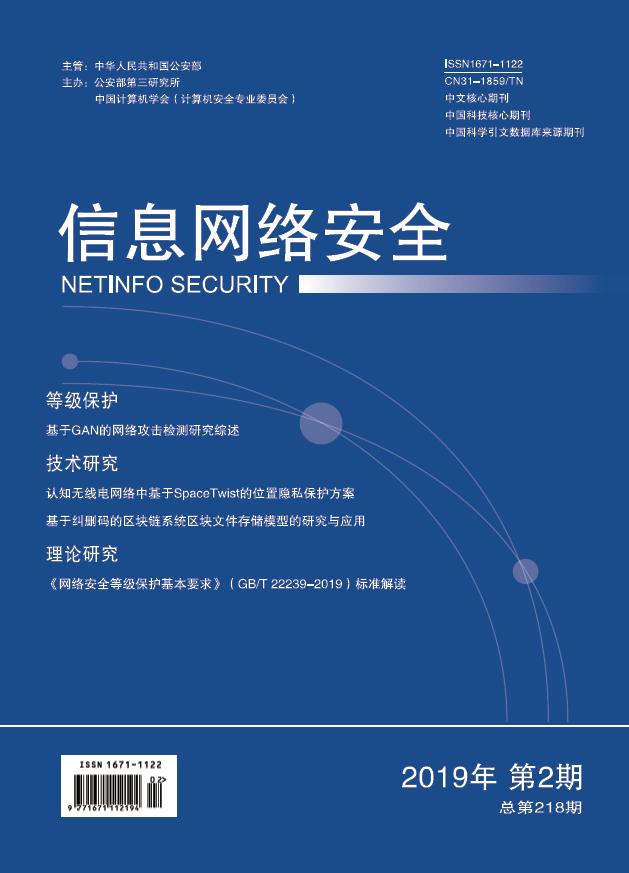Different from the sensitive data in static memory being encrypted and stored, some sensitive data in Android dynamic memory exists in the form of plaintext, such as application account, password, encryption key and some cached application data, which have great forensics value. In addition, with the increasing capacity of dynamic memory of smart phones, more and more application data are cached in the dynamic memory, the forensics research on the dynamic memory of Android smart phones is of great significance. This article analyzed and compared several Android smartphones dynamic memory extraction technologies, such as LiME, improved LiME, FROST, MEMGRAB, improved MEMGRAB and hardware extraction method, and several Android smartphone dynamic memory analysis technologies, such as process analysis, system information analysis, encryption key analysis, application account and password analysis. It is concluded that these methods have deficiencies in applicability, efficiency or operability. Through analyzing the weakness of these digital forensics technologies, this article gave some improvement advices and future research directions. The work of this article is able to benefit digital forensics practice of Android devices.

